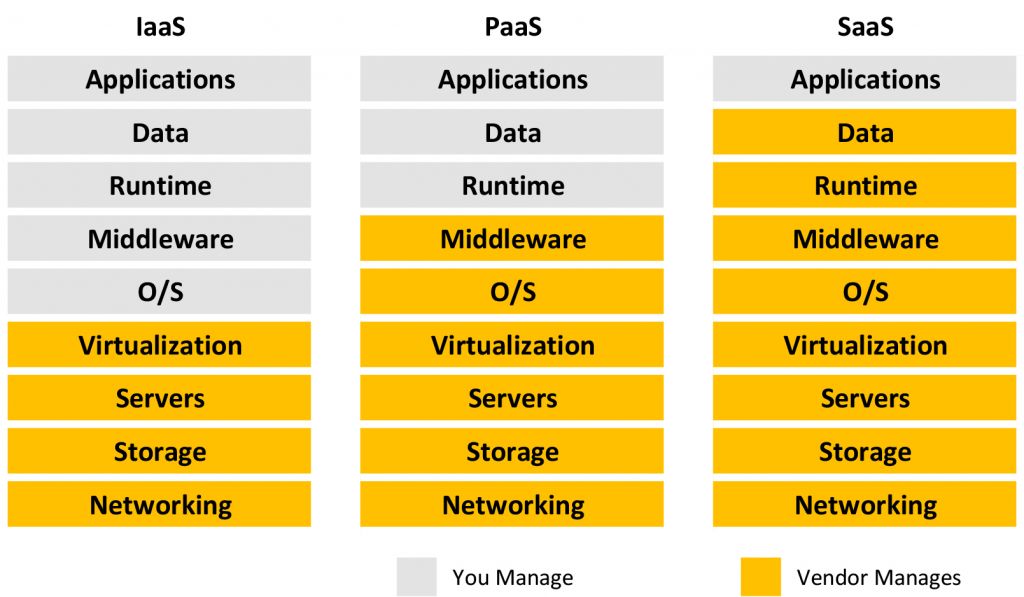Last updated on May 3, 2023
The first time you hear the term Cloud Computing, you probably have asked yourself these questions: “What exactly is the Cloud in Cloud Computing?” and “Why do so many companies use it?”
Basically, cloud computing is an on-demand computing service that you can avail over the Internet to host and run your applications. The “cloud” in cloud computing simply refers to the underlying network or servers that run your web applications, database, and many others. Of course, the term “cloud” does not allude to that white, puffy, and cotton-looking thing in the sky. The physical servers are not hovering above the troposphere either. These servers are actually hosted on data centers around the world and possibly could be situated in one of the buildings in the city that you live in.
In the past, before you could launch a website or an enterprise application, you needed to procure and set up your own physical servers first to deploy your applications. You are also responsible for managing, patching, and troubleshooting your servers and network devices. The problem here is that it takes a lot of time, effort and money just to make your solutions available online.
But with cloud computing, all you need to do is avail of the computing services over the Internet and the cloud service provider will be responsible for managing the underlying infrastructure that runs your websites. It’s like you are ‘renting’ a server and after you are done using it, you have the option to end your subscription to stop accumulating unnecessary costs. This empowers you, as well other businesses, to focus on building solutions rather than spending a lot of time setting up and managing servers.
Cloud Computing provides a plethora of helpful services that small and big companies can leverage on. Its services include domain registration, Internet of Things (IoT), data analytics, machine learning, gaming, mobile development, Desktop-as-a-Service (DaaS), quantum computing and many more. This is why there are so many companies and even startups leveraging its power to launch their products faster, save on operating costs, and scale globally with ease.
Benefits of Cloud Computing
1. Agility
You have the ability to quickly adapt and deploy services in the most costeffective way in response to changes in business requirements.
2. Elasticity
In the case of varying workloads, it allows your resources to adjust quickly and to scale back and forth as the business capacity and needs change.
3. Cost Savings
Instead of building and managing your own data center and physical servers, you can trade your Capital Expenses for Operational Expenses and pay only the amount you consume.
4. Deploy Globally in Minutes
With just a few clicks, you can quickly deploy your application to different locations and enhance the experience of your users with reduced latency.
Types of Cloud Computing
Infrastructure as a Service (IaaS)
Full control of your infrastructure without the maintenance and operating costs of the servers. IaaS provides access to servers, storage, networking, and operating systems.
Platform as a Service (PaaS)
In this model, you can focus on the deployment and management of your applications. PaaS eliminates the need to manage the underlying infrastructure.
Software as a Service (SaaS)
The software is ready to be used and operated by the service provider. SaaS is also known as end-user applications.
On the next post, we will talk about the fundamentals of cloud computing.
This article is part of our free Journey to Cloud: A Beginner’s Guide eBook. Click here to get a free copy.
Ready to take your learning to the next level? Become a multi-cloud professional by being skilled in AWS, Azure, and Google Cloud Platform. Check out our list of FREE resources here:

















